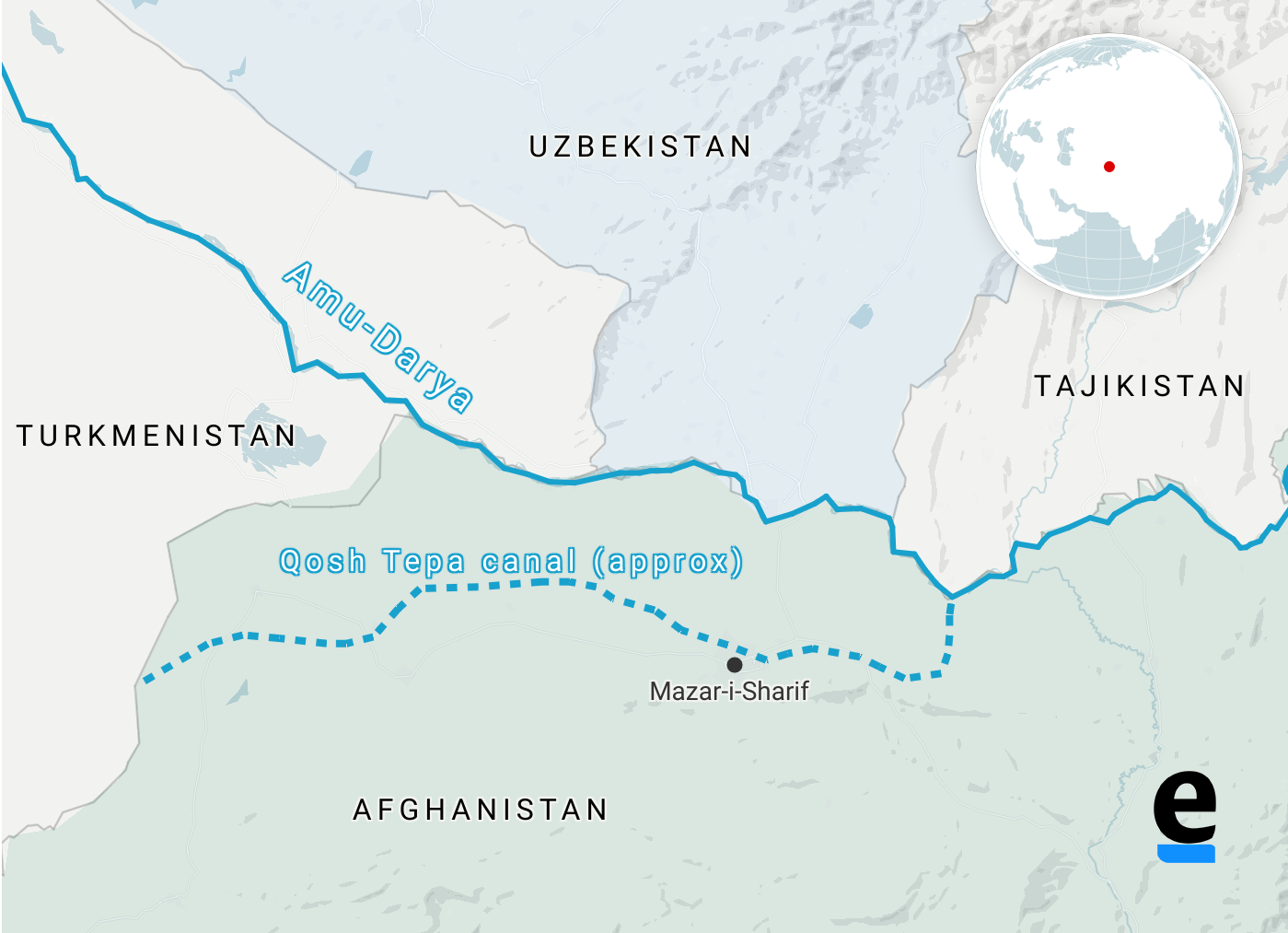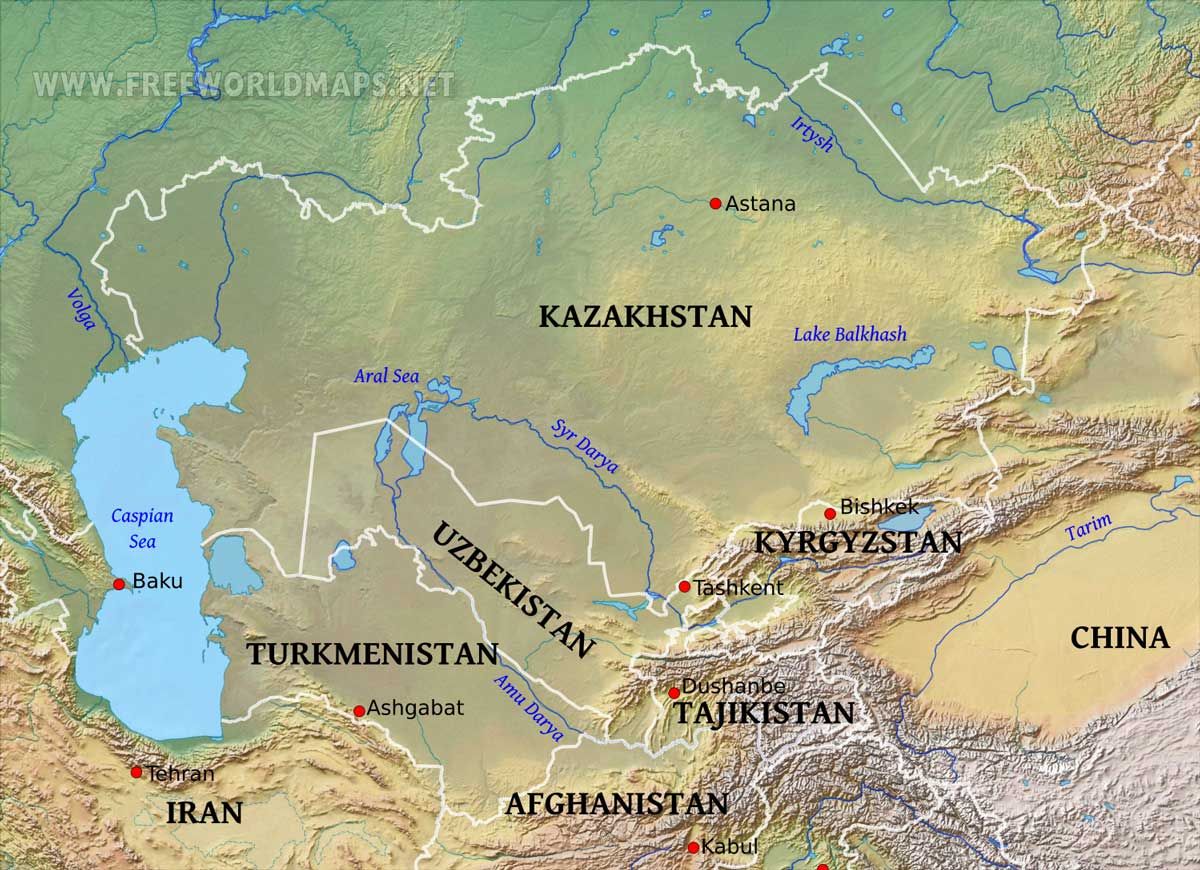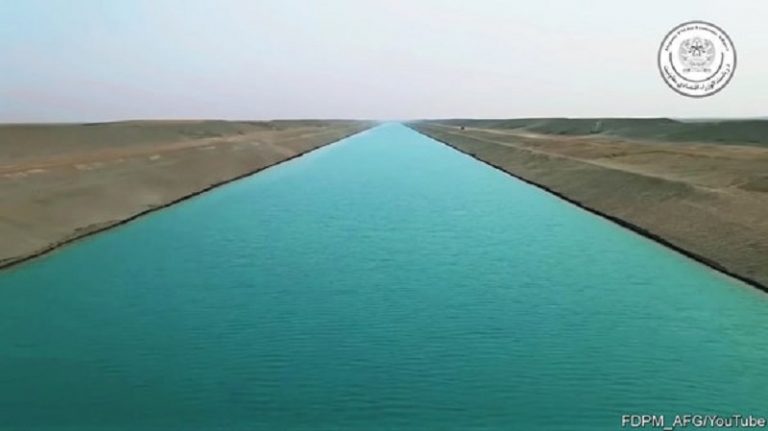Water is the lifeblood of Central Asia, a region renowned for its vast deserts and arid landscapes.
In recent times, however, the race to tap this precious resource has intensified, exacerbating existing tensions and creating new geopolitical challenges.
Two pivotal events underscore the magnitude of this unfolding drama: Afghanistan’s ambitious canal construction and the post-Soviet era’s changing water and energy management dynamics.
Afghanistan’s plan to construct the Qosh Tepa canal, spanning 285 kilometers, reflects its pressing need to address agricultural and drought issues.
This infrastructure project is designed to quench the thirst of millions in its northern provinces by drawing water from the Amu Darya River.

This river, significant to both Afghanistan and its Central Asian neighbors, has become a focal point of contention, especially with Uzbekistan and Turkmenistan, who fear a potential reduction in their water supply.
While Afghanistan’s endeavor aims to combat the severe food insecurity faced by almost 40% of its population, concerns arise about its impact on neighboring nations.
Climate change further compounds the region’s woes, affecting crop growth periods and yields.
Amid this, Central Asia’s quest for water has grown alarmingly, especially given the region’s reliance on agriculture, notably water-intensive crops like cotton.
Since their independence from the Soviet Union in 1991, the Central Asian states’ water consumption has surged to unsustainable levels, only worsened by declining infrastructure.
Previously, under the Soviet umbrella, there was a collaborative approach to water and energy management.
However, in the post-Soviet era, rising nationalism and regional competition have obstructed the development of a unified strategy to address these concerns.
The two primary rivers, the Syr Darya and the Amu Darya, have become epicenters of disputes.
While downstream countries like Kazakhstan, Turkmenistan, and Uzbekistan demand more water for their burgeoning agricultural sectors, upstream nations, Kyrgyzstan and Tajikistan, seek greater control over these water resources for energy and farming.

Complicating the matter further is the ineffective water management due to outdated Soviet structures and inter-country rivalries.
Organizations like the Interstate Coordinating Water Commission (ICWC) have failed to adapt to new geopolitical realities.
Besides, many bilateral agreements and payment systems have proven to be weak, fostering mistrust among nations.
Afghanistan’s renewed infrastructure focus, particularly since the rise of the Taliban in 2021, has made significant strides, with 100 kilometers of the canal constructed between March 2022 and May 2023.
However, concerns persist about its potential impact on the opium trade, given the country’s status as a leading poppy producer and the quality of the canal’s construction.
Some fears poorly constructed segments could lead to significant water losses, further straining the region’s delicate water balance.
Moreover, the politics of water is evident in the case of the Amu Darya River, responsible for 80% of the region’s water supply.
Estimates suggest that the water flow into Uzbekistan and Turkmenistan could reduce significantly upon the canal’s completion.
Such a scenario could jeopardize Uzbekistan’s cotton plantations, which significantly contribute to its GDP, and Turkmenistan’s Karakum Canal, which is vital for its agricultural sector.
The need for international agreements is paramount. Although Afghanistan isn’t part of major water conventions, there is scope for negotiations, especially considering the interdependence of these nations.
While Uzbekistan supplies electricity to Afghanistan, Turkmenistan provides gas.
These nations must transcend mere agreements and embrace sustainable farming and irrigation practices.

Furthermore, enhanced irrigation technology across the region could avert future water-related conflicts.
As water scarcity looms larger, it becomes evident that Central Asia’s challenges are not merely technical but deeply political and socio-economic.
Addressing them requires a comprehensive regional approach, emphasizing transparency, accountability, and collaboration.
Otherwise, the mounting pressures of climate change, population growth, and geopolitical shifts might push the region to a tipping point from which recovery could be challenging.

